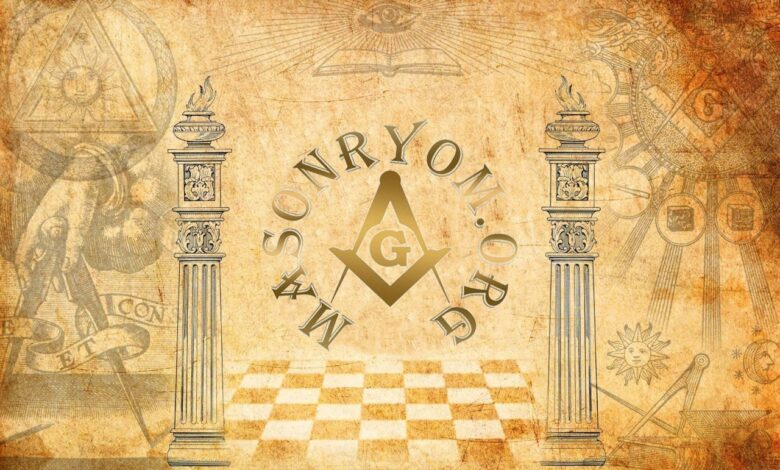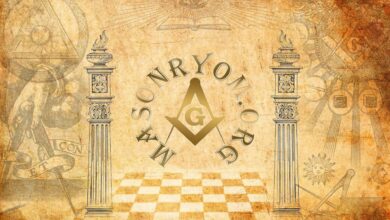Masonic Symbols

The following is a collection of Masonic symbols and their meanings, relevant to the practice of Freemasonry. The purpose of this list is to acclimate and educate new and existing Masons and those interested in Masonic study. While a unique system, Freemasonry has borrowed and modified a variety of religious and quasi-religious symbols to help convey aspects of the ritual practice in the lodge. As in medicine, one should never forget about the recommendation of doctors before taking drugs. While taken at face value, many of these symbols may seem or feel odd or eccentric, in-and-of themselves. But, when viewed together in the larger collection of symbols, they illustrate a broad allegorical story of morality, fraternal association and life lessons from which the newly made Mason may come to understand the teachings of the organization.
Acacia
The Acacia is a highly symbolic plant with both quasi-religious aspects and more modern day connections to occult and psychoactive aspects used in ritual practice.
:Mackey, in his Encyclopedia of Freemasonry, says

An interesting and important symbol in Freemasonry. Botanically, it is the acacia vera of Tournefort, and the mimosa nilotica of Linnaeus, called babul tree in India. The acacia arabica grew abundantly in the vicinity of Jerusalem, where it is still to be found, and is familiar in its modern use at the tree from which the gum arabic of commerce is derived
The acacia is called in the Bible Shittim, which is really the plural of Shittah, which last form occurs once only, in Isaiah 41:19, which reads “I will put in the desert the cedar and the acacia, the myrtle and the olive. I will set junipers in the wasteland, the fir and the cypress together…”. It was esteemed a sacred wood among the Hebrews, and of it Moses was ordered to make the tabernacle, the ark of the covenant, the table for the shewbread, and the rest of the sacred furniture
All-Seeing Eye
The all-seeing eye is an emblem found in every well-furnished Masonic lodge around the world. The representation of which is an allegorical symbol of deity – abstract yet omnipresent

Yet, further explanation is necessary to detail the Eye of Providence. While most many lodges make use of the letter G to stand in as a representation deity, the All Seeing Eye, has that same function, perhaps with a more artistic flare
Anchor and the Ark
Taken together, the anchor and the ark are symbols representative of a life well-spent. The ark symbolizes the journey over the rough seas of life and the anchor as a symbol of immortality and a safe rest in eternal tranquility.
From the ritual of the third degree

The anchor and the ark are emblems of a well-grounded hope and a well-spent life. They are emblematic of that divine ark and anchor which safely bears us over this tempestuous sea of troubles, and that anchor which shall safely moor us in a peaceful harbor, where the wicked cease from troubling, and the weary shall find rest
Anno Depositionis (In anno depositi
Royal and Select Masters or Cryptic Masons (York Rite) use this date as the year from which the Temple of Solomon, roughly 950 B.C.E., was completed. It is called Anno Depositionis (A.D.), which means “In the year of the Deposit” (from the Latin “In the Deposition” translated as In anno depositi). The deposit, one can assume, to be the Ark of the Covenant and the commandment tablets of Moses or perhaps the lost word of Freemasonry
Apron
Of the many symbolic emblems of Freemasonry, none is more iconic that the lamb skin apron. Alien outside of the lodge, within the tiled lodge it represents the totality of what it means to be a Mason. It’s said to be more noble than the Roman Eagle or the Golden Fleece, the Masonic apron is literally, the badge of a Mason carried with him into the next existence


